The importance of proper roof ventilation cannot be overstated. Not only does it prolong the life of your roof, but it also contributes to lower energy bills and a healthier living environment. However, not all roof vents are created equal. Each type of vent serves the purpose of either removing stale air from your attic (exhaust) or bringing fresh air into your home (intake). In this article, we will explore the best types of roof vents available on the market in 2024 and gain a better understanding of the two styles of ventilation.
The Two Styles of Ventilation
Ventilation is all about providing fresh air to a space, whether it be a room or a building. In the context of roofing, it's about getting rid of the old, stale air and replacing it with fresh air. Understanding how air naturally moves is crucial in realizing why both intake and exhaust vents are essential for effective roof ventilation.
Exhaust: Let That Stale Air Out
Heat rises, and hot air rises. When it comes to venting your attic space, it's important to get rid of the hot air that contains moisture. Failure to do so can lead to unpleasant odors, mildew, and eventually mold. Exhaust-style vents, such as ridge vents, are typically placed at the top of your roof line to let the hot, moist air escape. They play a critical role in creating a healthy and well-ventilated attic space.
Intake: Bring That Fresh Air In
While exhaust vents expel hot air, intake vents bring cool, fresh air into your attic space. By placing intake vents lower on the roof line, cool air enters underneath the hot air, causing the hot air to rise and be pushed out through the exhaust vents. This process creates a continuous cycle of cool air coming in and hot air going out. The most popular intake vent is the soffit vent, which is installed on the eaves of the roof.
The Benefits of Proper Venting
Without proper roof ventilation, your attic space, roof, home, and lifestyle can be negatively impacted. Poor indoor air quality, overburdened HVAC systems, excess moisture, ice dams in colder climates, and roof sheathing dry rot are just some of the potential issues that can arise. It is imperative to have a well-designed and properly installed ventilation system to prevent these problems.
The Most Common Types of Roof Vents
Now let's delve into the most frequently used roof venting systems available:
1. Ridge Vents (Most Common Exhaust)
Ridge vents are the go-to exhaust vents for modern roofing systems. They are installed at the peak of the roof and run across the entire roof line. Ridge vents are highly effective in expelling large amounts of hot air due to their location and surface area. When combined with soffit vents for intake, ridge vents offer the best chance for vertical ventilation, taking advantage of gravity and the natural flow of cool and hot air.
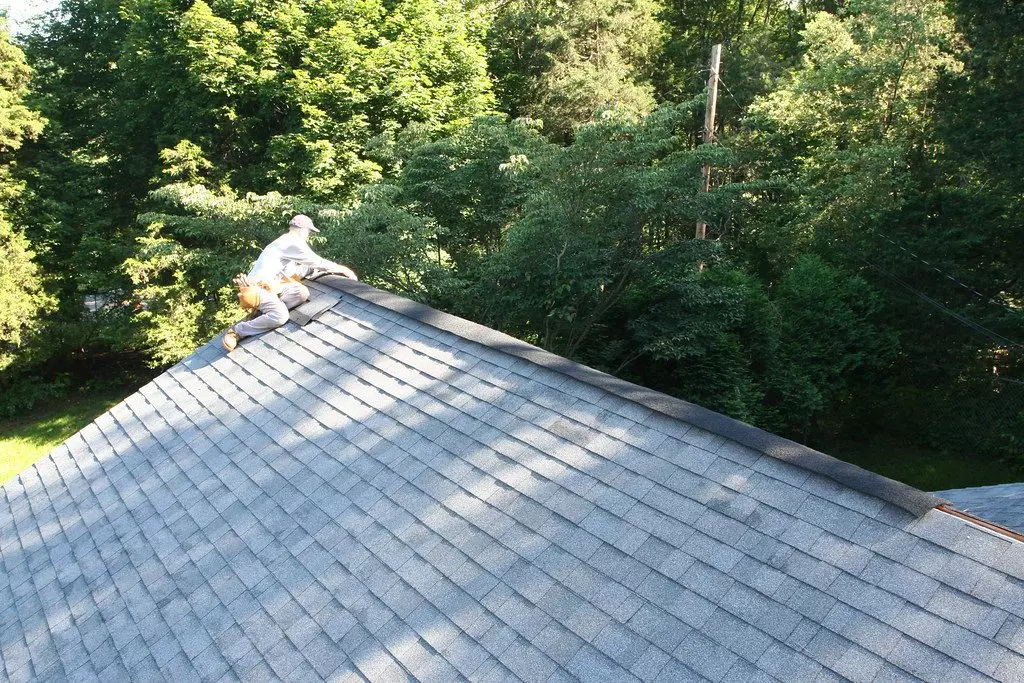 Caption: A ridge vent being installed across the peak of a roof.
Caption: A ridge vent being installed across the peak of a roof.
2. Box Vents (aka Louver Vents)
Box vents are similar to ridge vents in that they serve as exhaust vents. However, they are smaller in size and can be strategically installed in areas that need ventilation but cannot utilize a ridge vent. Box vents are usually installed in multiples across the roof to maximize their effectiveness.
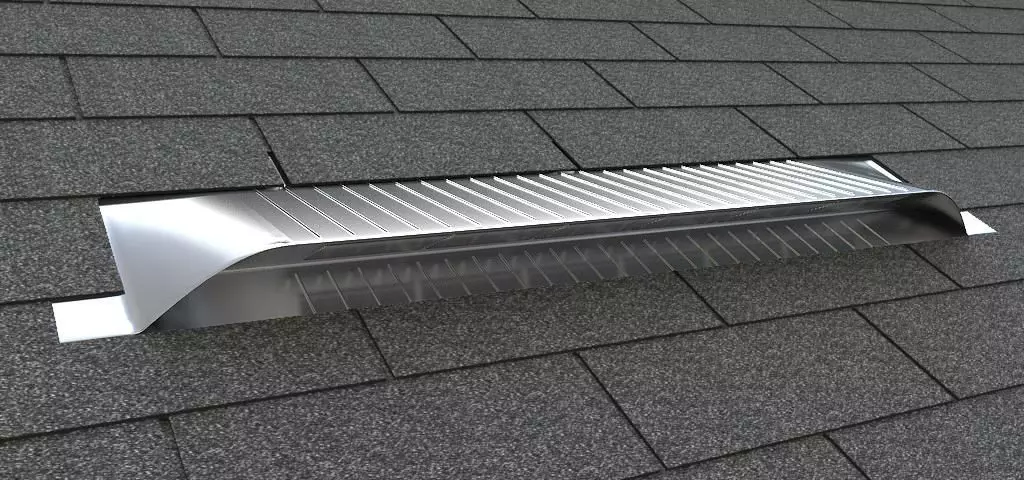 Caption: Three box vents across a roof line, used for exhaust ventilation.
Caption: Three box vents across a roof line, used for exhaust ventilation.
3. Hard-Wired Powered Attic Vents
Powered attic vents, also known as powered attic ventilators, are electric fans that help pull stale air out of the attic space. They can be effective in expelling hot air but come with the tradeoff of higher electricity costs. Powered vents should be used cautiously as their power can disrupt a well-designed ventilation system and increase energy costs.
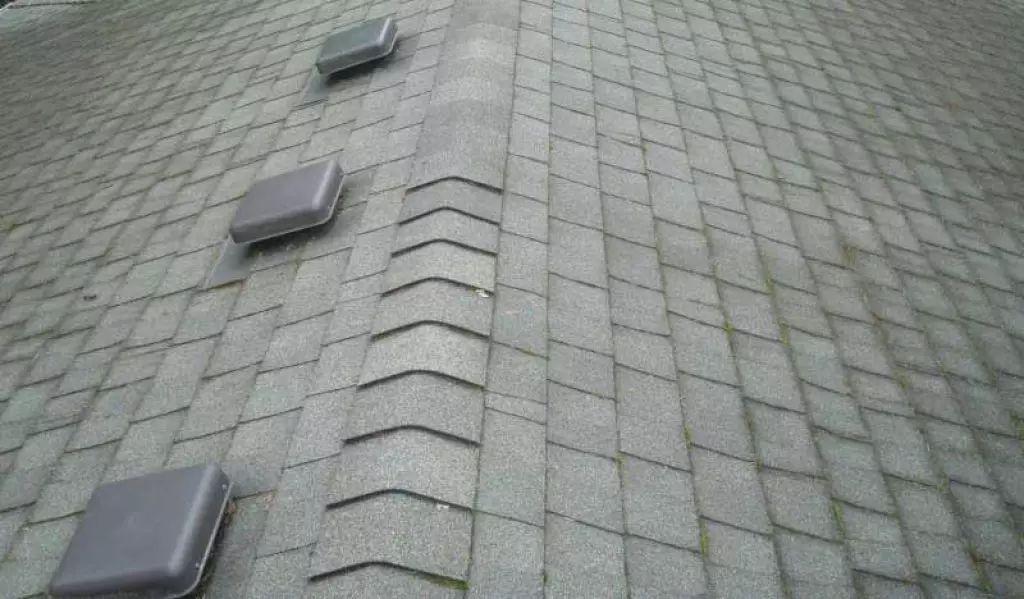 Caption: Example of a hard-wired power attic vent, pictured from the exterior of a home.
Caption: Example of a hard-wired power attic vent, pictured from the exterior of a home.
4. Solar Powered Attic Vents
Solar-powered attic vents are an eco-friendly and cost-effective alternative to hard-wired powered vents. They run on solar panels, eliminating the need for electricity. However, the effectiveness of these vents can vary, and they may not be suitable for every roofing situation. It's important to consider their impact on existing ventilation and the overall ventilation strategy.
 Caption: Solar powered attic vent, pictured from the exterior of a home along the roof line.
Caption: Solar powered attic vent, pictured from the exterior of a home along the roof line.
5. Roof Turbines (aka Whirlybird Ventilation)
Whirlybird vents are wind-driven turbines that utilize the wind's force to pull air out of the attic space. They are environmentally friendly and require no electricity. However, their effectiveness can be limited by the wind speed, and multiple turbines may be necessary to achieve proper ventilation.
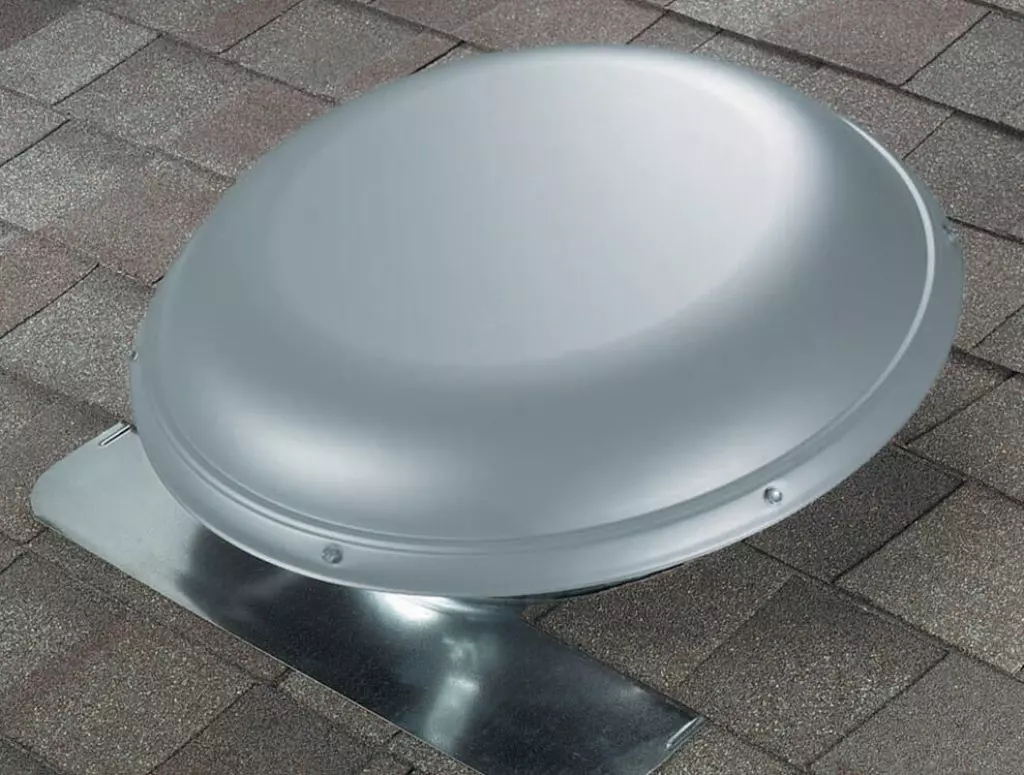 Caption: A whirlybird roof turbine pictured on a metal roof.
Caption: A whirlybird roof turbine pictured on a metal roof.
6. Cupola Vents
Cupola vents are unique and visually appealing ventilation options. They were originally designed for barns to allow air flow and help dry stored crops. Cupola vents often serve as both exhaust and intake vents and can add character and charm to a home's architectural design. However, they are more expensive and less commonly used compared to other types of vents.
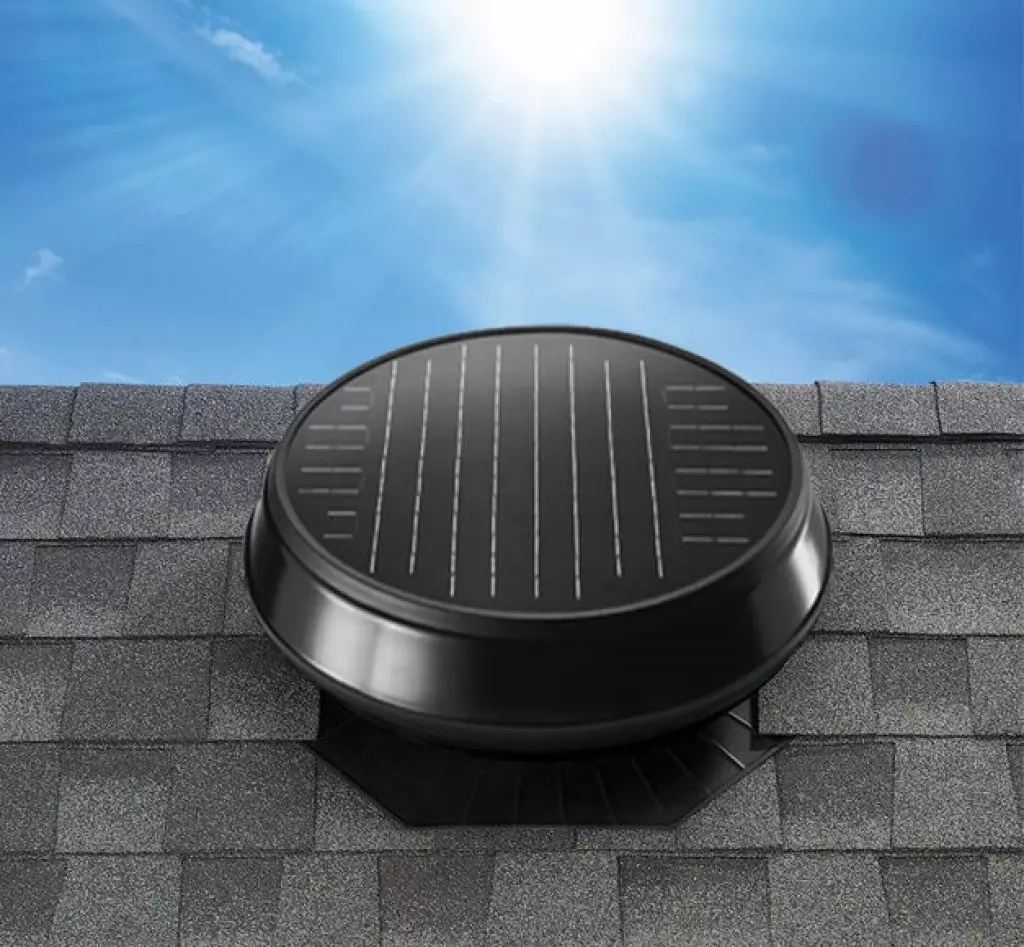 Caption: A beautiful cupola vent with louvers and its own metal roof, pictured on a red metal roof.
Caption: A beautiful cupola vent with louvers and its own metal roof, pictured on a red metal roof.
Intake Ventilation Solutions
Along with exhaust vents, proper intake vents are crucial for effective ventilation. The most popular intake vent is the soffit vent, which is installed on the eaves of the roof. Other intake options include gable vents, over fascia vents, and drip edge vents. While each intake vent has its advantages and disadvantages, soffit vents paired with ridge vents are generally recommended for optimal vertical ventilation.
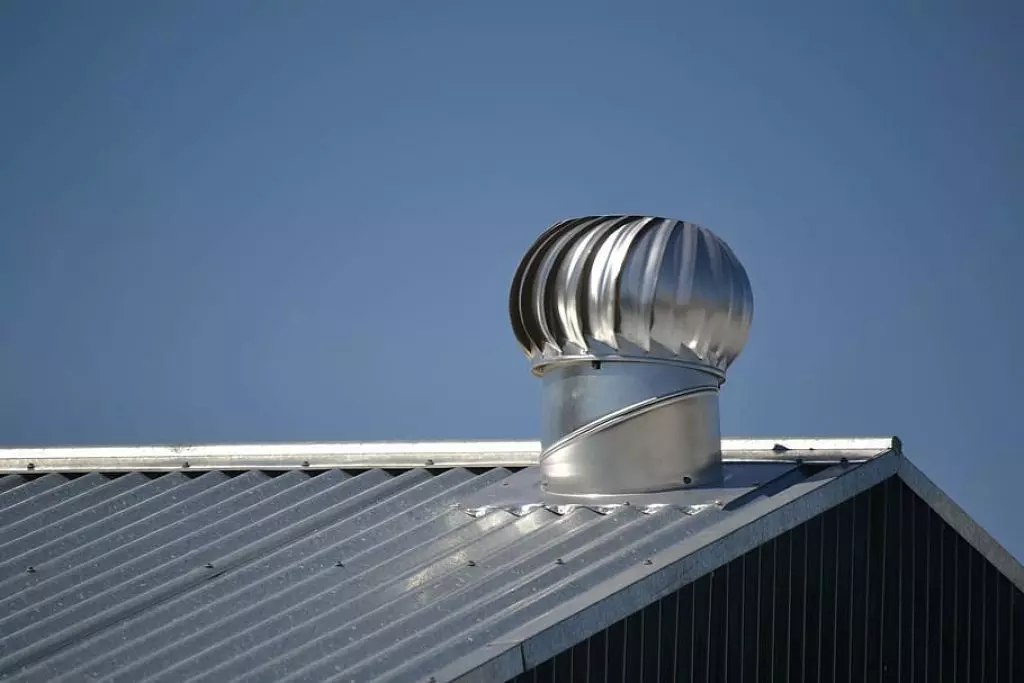 Caption: Continuous soffit ventilation pictured along the eaves of a roof.
Caption: Continuous soffit ventilation pictured along the eaves of a roof.
Proper roof ventilation is vital for the health of your home and its occupants. It helps maintain good indoor air quality, prevents moisture-related issues, and extends the lifespan of your roof. By understanding the different types of roof vents and their functions, you can make an informed decision about which ventilation system is best suited for your home. Remember, ventilation should always be carried out by experienced professionals to ensure optimal results.

















